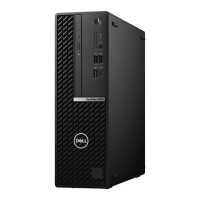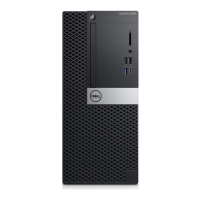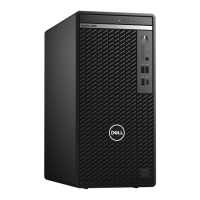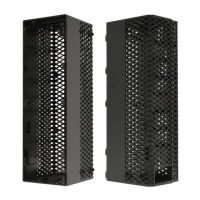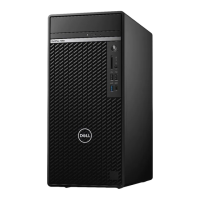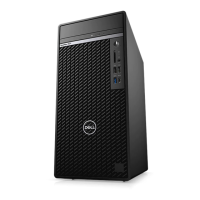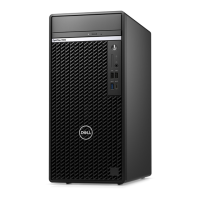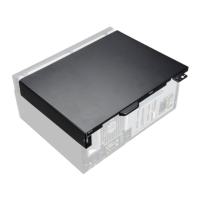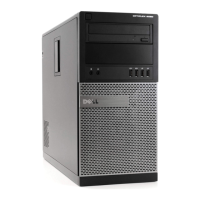What to do if my Dell Desktop has Power rail failure?
- DDouglas BranchSep 12, 2025
If your Dell Desktop experiences a power rail failure, it means the EC ran into a power sequencing failure. If the problem persists, replace the system board.
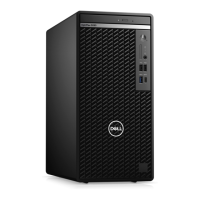
What to do if my Dell Desktop has Power rail failure?
If your Dell Desktop experiences a power rail failure, it means the EC ran into a power sequencing failure. If the problem persists, replace the system board.
What to do if my Dell Desktop has SBIOS Flash corruption?
If your Dell Desktop indicates SBIOS Flash corruption, it means flash corruption was detected by SBIOS. If the problem continues, replace the system board.
What to do if my Dell OptiPlex 5090 Tower Desktop has Intel ME (Management Engine) Error?
If your Dell Desktop shows an Intel ME (Management Engine) Error, it indicates a timeout waiting on ME to reply to a HECI message. If the problem persists, replace the system board.
General safety guidelines for working inside the computer.
Steps to prepare before starting any internal computer work.
Specific safety measures and precautions to follow.
Explains ESD and how to protect components from it.
Details the components and use of an ESD field service kit.
Guidelines for safely transporting sensitive computer parts.
Steps to complete after finishing internal computer procedures.
Lists the tools required for component removal and installation.
Provides a list of screws used for different components.
Visual overview and identification of major internal computer parts.
Instructions for removing and installing the computer's side panel.
Instructions for removing and installing the front bezel.
Information about the fan shroud and its components.
Procedures for handling hard drive assemblies.
Procedures for handling M.2 Solid State Drives.
Instructions for removing and installing memory modules.
Instructions for handling the optional SD card reader.
Procedures for removing and installing the CPU cooler.
Instructions for removing and installing the CPU.
Instructions for removing and installing a graphics card.
Procedures for handling a powered GPU.
Instructions for replacing the CMOS battery.
Procedures for removing and installing the Wireless LAN card.
Instructions for removing and installing the slim optical drive.
Instructions for removing and installing the internal speaker.
Procedures for removing and installing the power button assembly.
Instructions for removing and installing the power supply.
Procedures for removing and installing the chassis intrusion switch.
Instructions for handling optional I/O modules.
Procedures for removing and installing the motherboard.
Information on obtaining and installing drivers and software.
Accessing boot menu and navigating system setup options.
Configuring boot order and viewing system information.
Settings related to boot modes and secure boot.
Settings for integrated hardware like audio, USB, and storage.
Power management and security settings within the BIOS.
Managing system and BIOS passwords.
BIOS update and system recovery configurations.
Settings for service tags, Wake-on-LAN, and AMT.
CPU performance and virtualization technology settings.
Guide to updating the BIOS from within the Windows operating system.
Guide to updating BIOS using a USB drive.
Running hardware diagnostics and interpreting LED codes.
Procedures for OS recovery using Dell tools.
Recommendations for creating backup and recovery media.
Procedure to resolve WiFi connectivity issues by power cycling devices.
Steps to perform a hard reset to drain residual power.
List of resources for obtaining help and information.
Information on how to contact Dell support.
